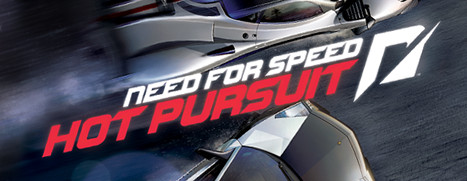

The elves are flightier and favour ranged attacks, while the orcs are more brutish and melee focused, but the units and buildings are functionally more or less the same across the three civilisations. It has half the playable races as in the first game - just humans, orcs and elves are on offer here - with each lacking the levels of distinctiveness that might be hoped for or expected. SpellForce 3 isn't as generous in terms of content as its predecessors.

It was a crude synergy that championed quantity over quality too, with numerous races and quests that seemed endless even before the expansions and sequels kicked in. The real-time strategy was pretty decent without being great and and the character development between battles was passable without being awful, but it was the timely changeover in pace and emphasis that worked so well. In short, there wasn't much subtlety to be found (the cover art was indicative of that), and the only reason SpellForce worked was because the area at which the two genres were tethered was so pivotal that even at their weakest structural points they cradled the other. Previously it was like a border wall existed between the two genres, in that you always knew exactly when you were passing from role-playing to real-time strategy. I'm not sure the balance between strategy and role-playing has shifted significantly either way for SpellForce 3, but the definition between the two gameplay styles certainly has been adjusted. There's been some debate among SpellForcerers, new and old, as to where exactly SpellForce 3 exists on the ol' RPG-RTS teeterboard, for while the original had a well defined 50/50 split, developer Grimlore has reportedly been keen to shift the balance more towards story and hero advancement, while many newcomers have been attracted by favourable comparisons with WarCraft 3 (which itself was derivative of the original SpellForce). The voice of Geralt of Rivia, Doug Cockle, plays good general/bad general Sentenza Noria, and while he tries hard not to sound too much like the White Wolf, inevitably he can't help himself - which is no bad thing. It's not just the story that borrows from The Witcher. There are obvious aesthetic overtones from Divinity: Original Sin, narrative nods towards the racial and class animosities that bridge The Witcher series, and map-wide elements of strategy that can be traced back to Dawn of War and Company of Heroes - all of which suggest that while the team at Grimlore Games might not have a huge body of work to its own, they've certainly been getting their influences in order.
Spellforce 3 collection series#
And while it's tempting to stick with Baldur's Gate and Age of Mythology, especially as they remain in loyal service thanks to their respective enhanced/extended editions, after a number of unremarkable expandalones and dutiful anthologies, SpellForce 3 feels like the first in the series eager to break free of binary influences. 'Baldur's Gate meets Age of Mythology' is the sell, and third time out for this particular series I'm committed to updating the labels of the imaginary Venn diagram for the benefit of those unfamiliar with the game's role-playing strategy formula.


The old school RTS continues to gather strength, with help from some friends in high level places.ĭescribing a game as a mash-up of two other well-known titles is lazy, but you know what? It's fun and sometimes useful, as in the case of SpellForce.


 0 kommentar(er)
0 kommentar(er)
